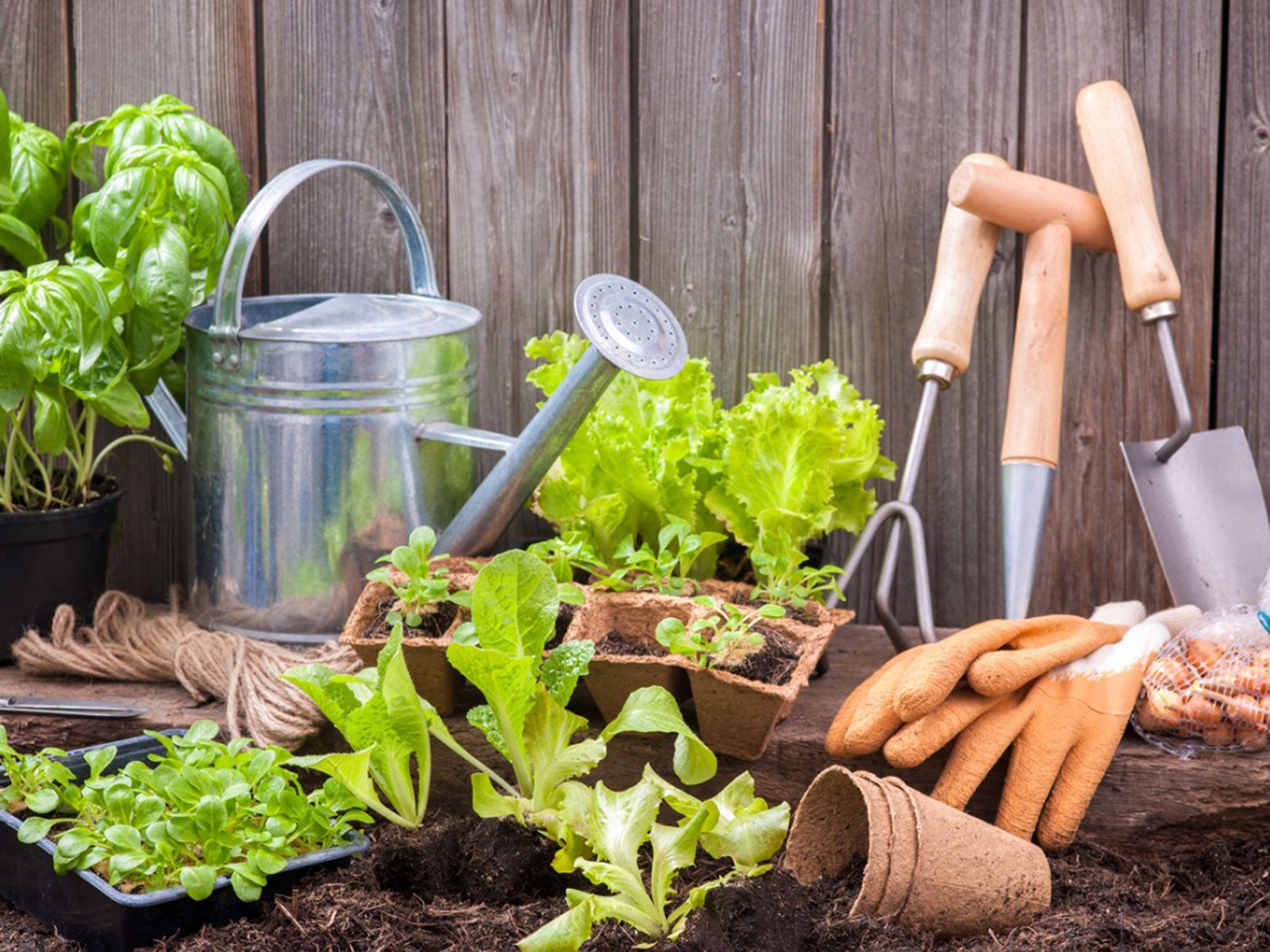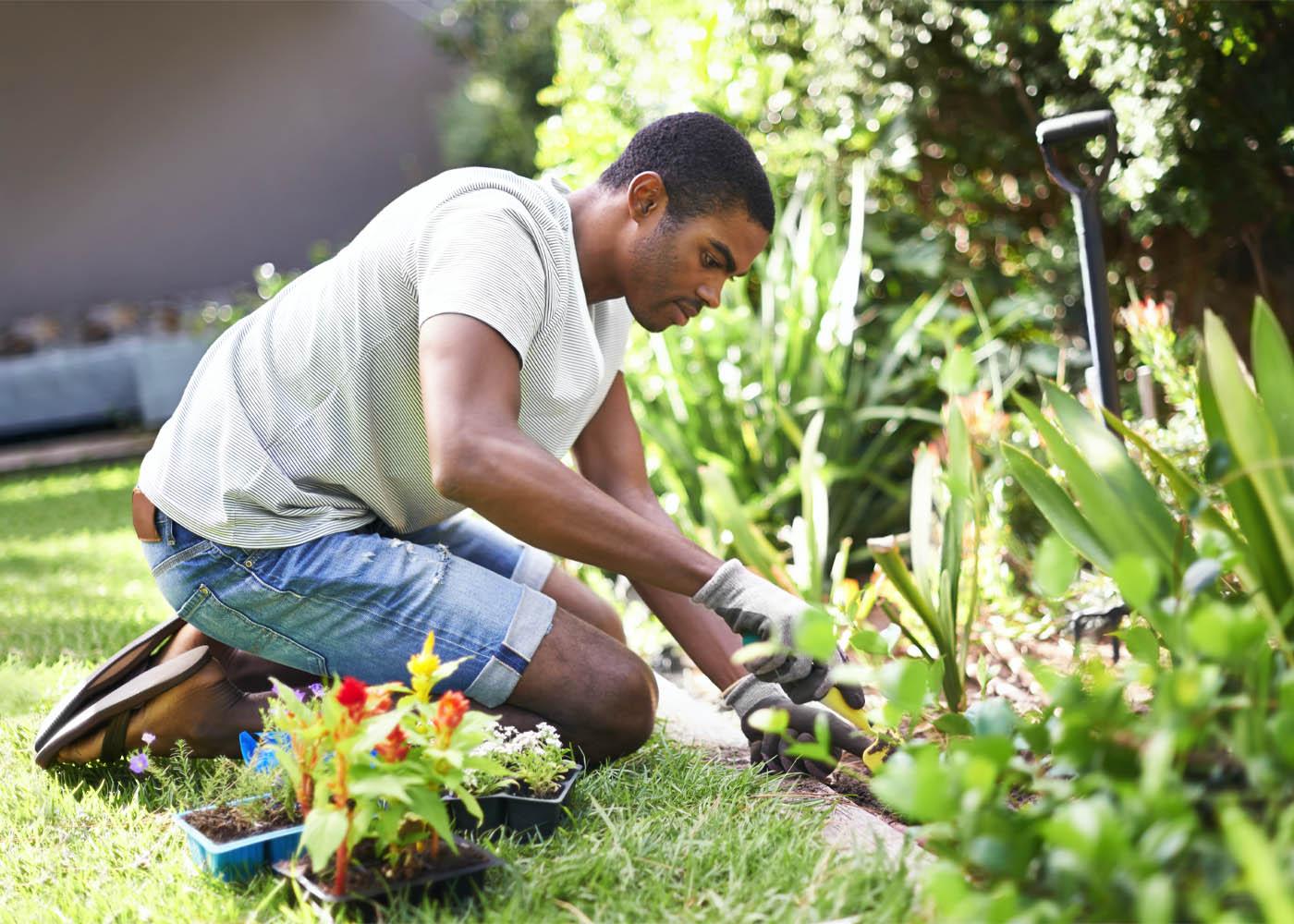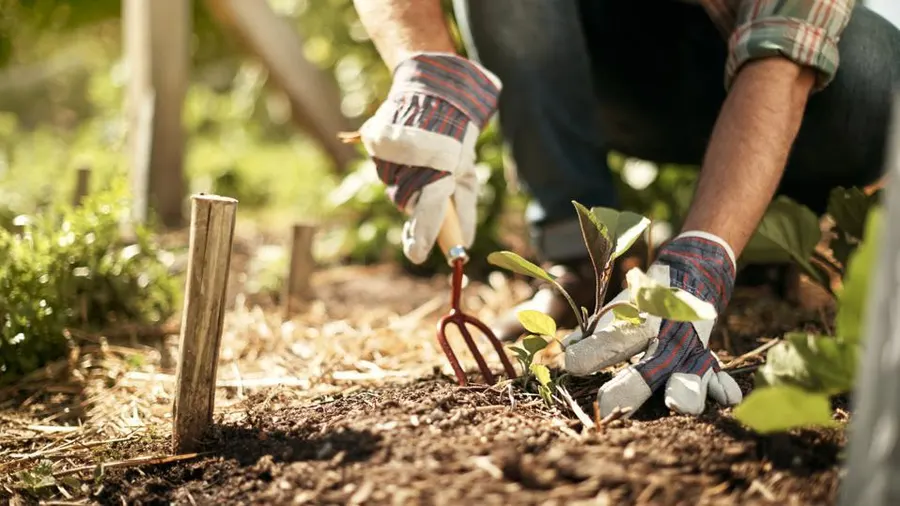**Gardening for Wildlife: Attracting Birds, Bees, and Butterflies to Your Garden**
Gardening isn’t just about creating a beautiful outdoor space – it’s also an opportunity to create a habitat that supports local wildlife. By incorporating elements that attract birds, bees, and butterflies into your garden, you can contribute to biodiversity conservation while enjoying the beauty of nature up close. Here are some tips for gardening for wildlife and attracting birds, bees, and butterflies to your garden:
**1. Choose Native Plants**
Native plants are adapted to the local climate and soil conditions, making them an ideal choice for attracting native wildlife species. Research native plant species in your area and incorporate them into your garden to provide food, shelter, and nesting sites for birds, bees, and butterflies. Native plants also require less water and maintenance compared to non-native species, making them a sustainable choice for gardeners.
**2. Provide Food Sources**
Birds, bees, and butterflies rely on a variety of food sources for sustenance throughout the year. Plant a diverse selection of flowers, shrubs, and trees that produce nectar, pollen, seeds, fruits, and berries to attract wildlife to your garden. Choose plants with different blooming periods to ensure a continuous supply of food throughout the seasons. Additionally, consider installing bird feeders, bird baths, and butterfly feeders to supplement natural food sources.
**3. Create Habitat Diversity**
Wildlife-friendly gardens include a variety of habitats that cater to different species’ needs. Incorporate a mix of vegetation layers, such as tall trees, shrubs, grasses, and ground covers, to provide shelter, nesting sites, and breeding grounds for birds, bees, and butterflies. Leave some areas of your garden undisturbed, such as leaf litter and brush piles, to provide habitat for insects, amphibians, and small mammals that serve as food sources for wildlife.
**4. Provide Water Sources**
Access to clean water is essential for attracting wildlife to your garden, especially during hot and dry periods. Install a birdbath, shallow dish, or water feature where birds, bees, and butterflies can drink, bathe, and cool off. Keep the water source clean and regularly replenish it to ensure it remains a reliable source of hydration for wildlife.
**5. Avoid Pesticides and Chemicals**
Pesticides, herbicides, and chemical fertilizers can harm birds, bees, butterflies, and other beneficial insects that visit your garden. Instead of relying on chemical treatments, practice natural pest control methods such as handpicking pests, using companion planting techniques, and encouraging natural predators like birds and beneficial insects. Choose organic gardening practices that support a healthy ecosystem and minimize harm to wildlife.
**6. Provide Nesting Sites**
Birds and bees require suitable nesting sites to raise their young. Incorporate nesting boxes, birdhouses, and bee hotels into your garden to provide shelter and nesting opportunities for birds and bees. Position nesting boxes and birdhouses at different heights and orientations to accommodate the preferences of different bird species. Leave dead trees, logs, and branches in your garden to provide natural nesting sites for cavity-nesting birds and solitary bees.
**7. Maintain a Wildlife-Friendly Garden**
Regular maintenance of your garden is essential for creating a welcoming habitat for wildlife. Remove invasive plant species that compete with native plants for resources and disrupt the balance of the ecosystem. Prune overgrown vegetation, clear debris, and maintain clean feeding and watering areas to prevent the spread of disease and parasites. Avoid overmulching, as it can smother beneficial insects and create a barrier to nesting sites.
In conclusion, gardening for wildlife is a rewarding way to create a thriving ecosystem in your own backyard while supporting biodiversity conservation efforts. By choosing native plants, providing food sources, creating habitat diversity, providing water sources, avoiding pesticides and chemicals, providing nesting sites, and maintaining a wildlife-friendly garden, you can attract birds, bees, and butterflies to your garden and create a haven for wildlife to thrive. So roll up your sleeves, dig in the dirt, and enjoy the beauty and wonder of nature right outside your door.



